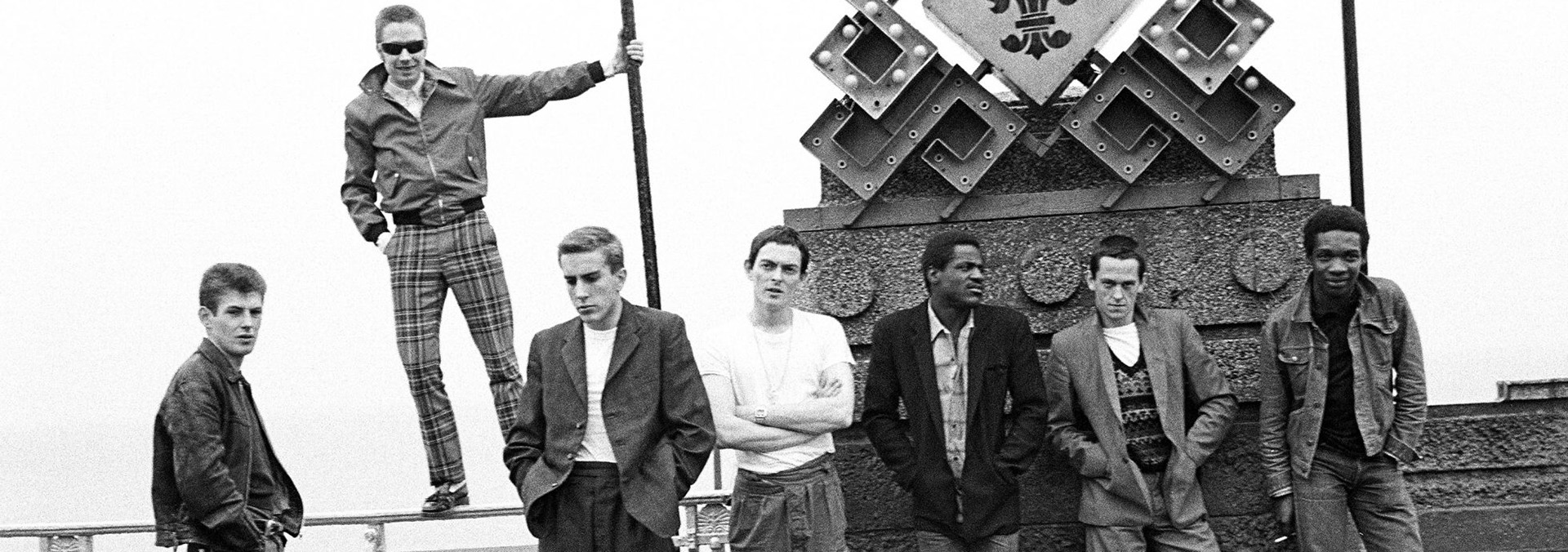Janette Beckman looks back at four decades photographing underground people and movements that have transformed mainstream culture forevermore.

You’re getting blind.
Don’t miss the best of visual arts. Subscribe for $9 per month or $108 $90 per year.
Already suscribed ?
Read more: Revisiting the Golden Age of Hip Hop



